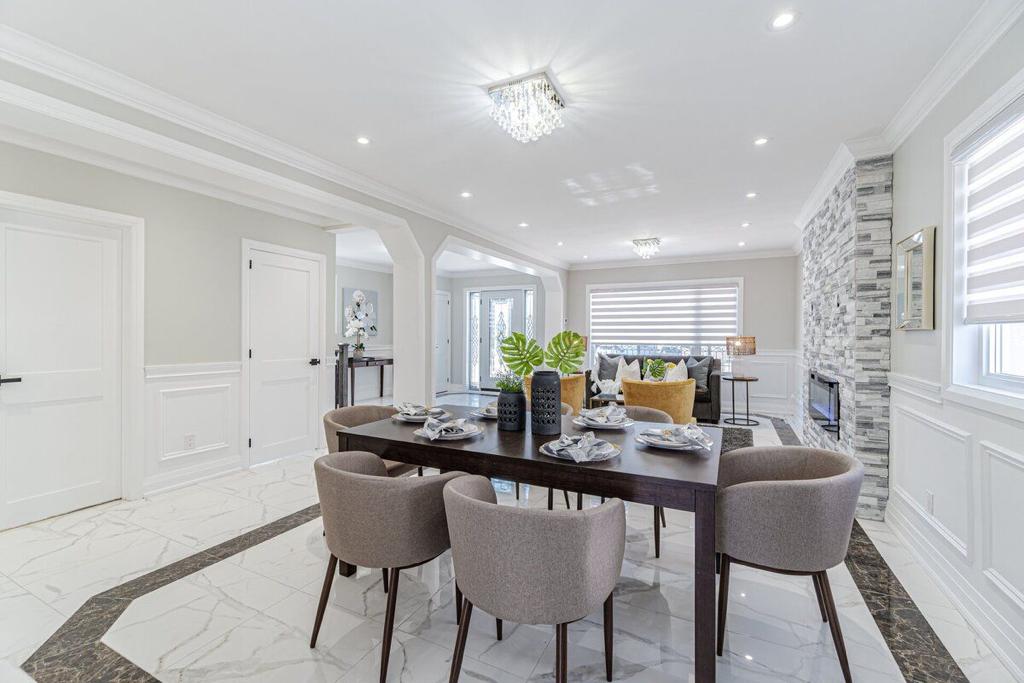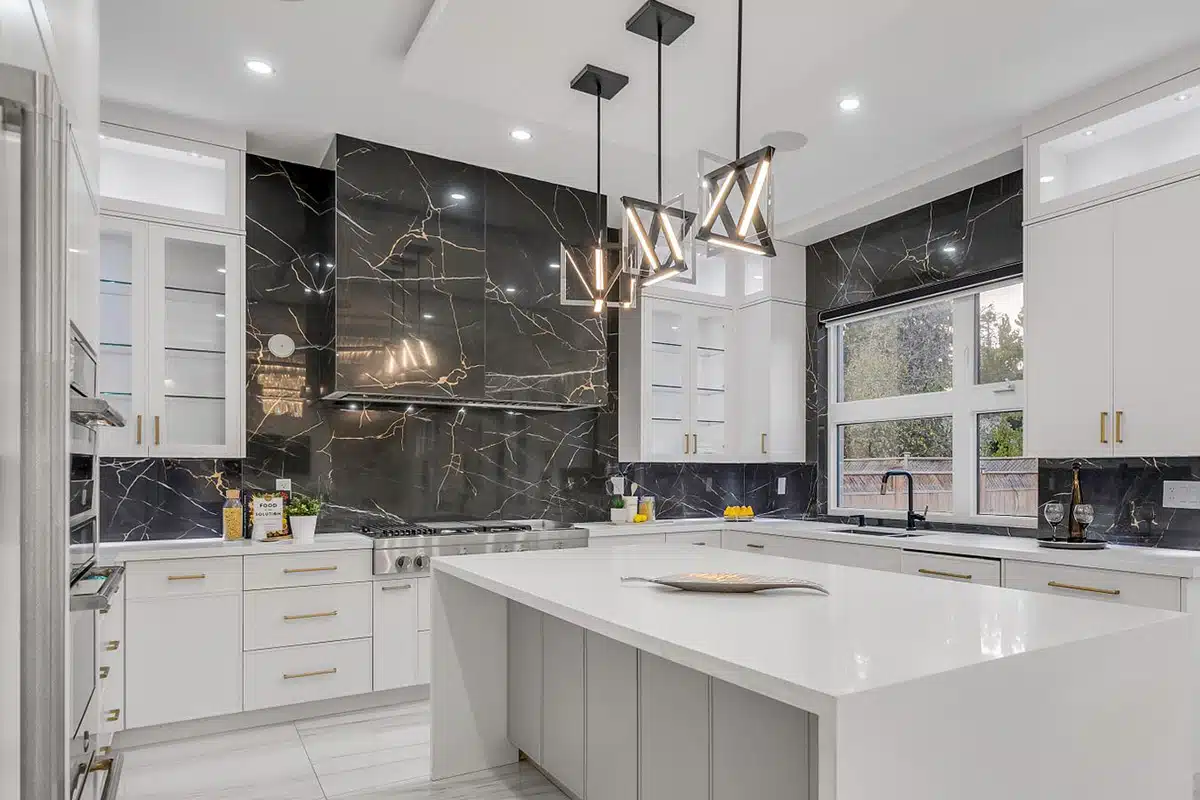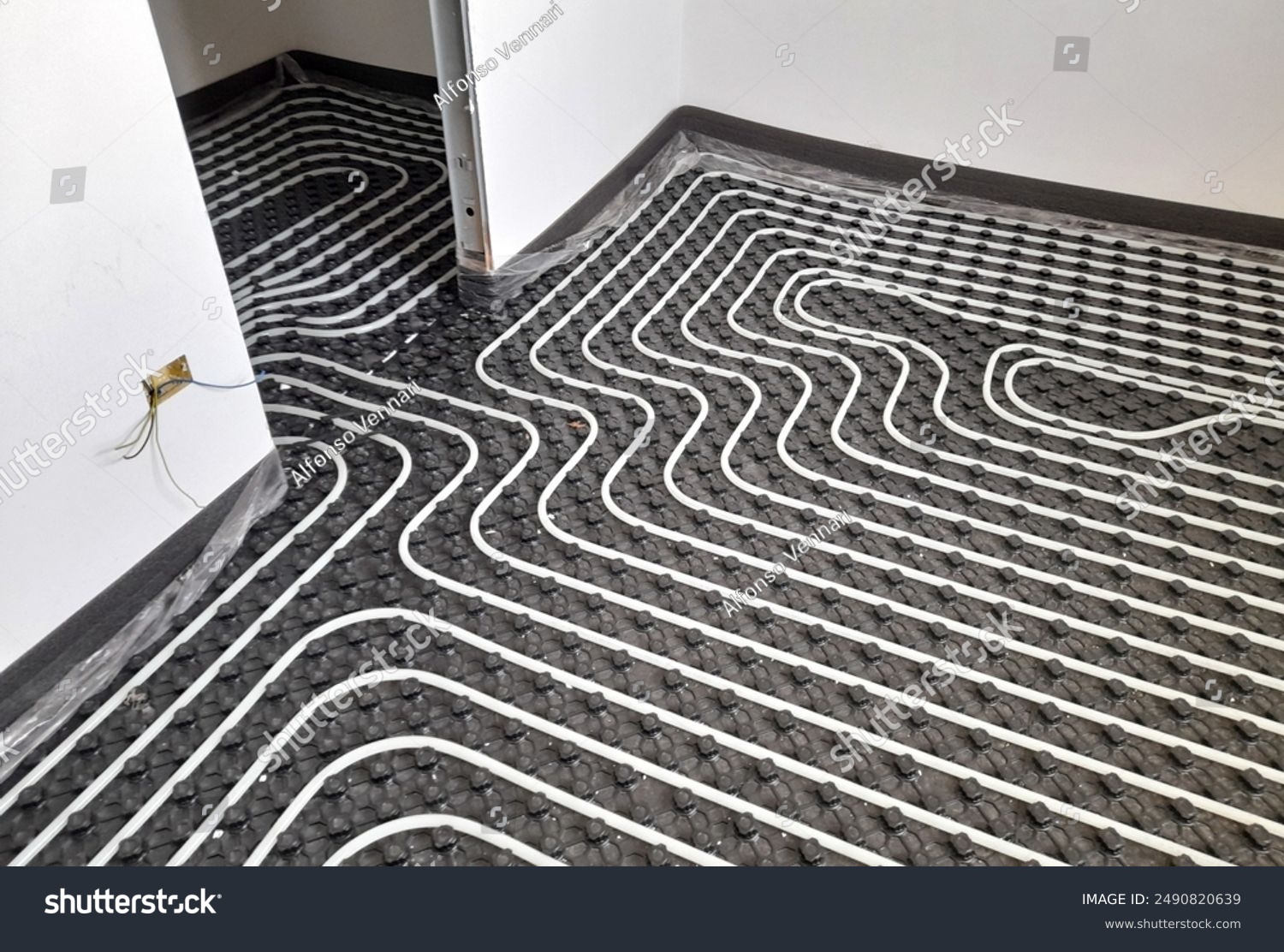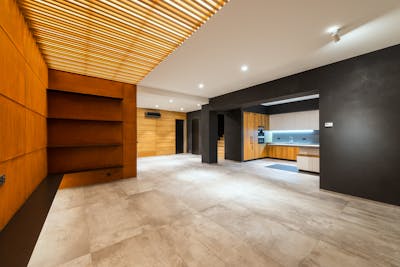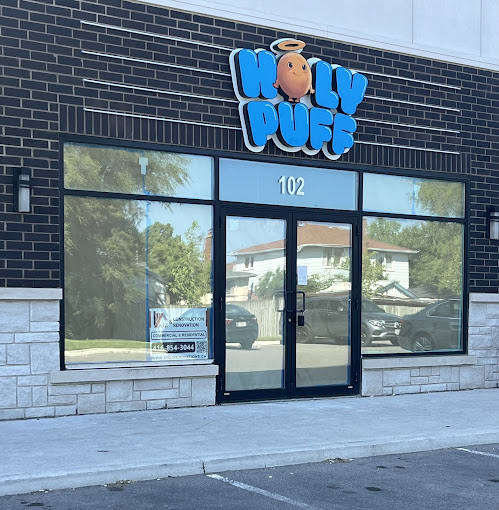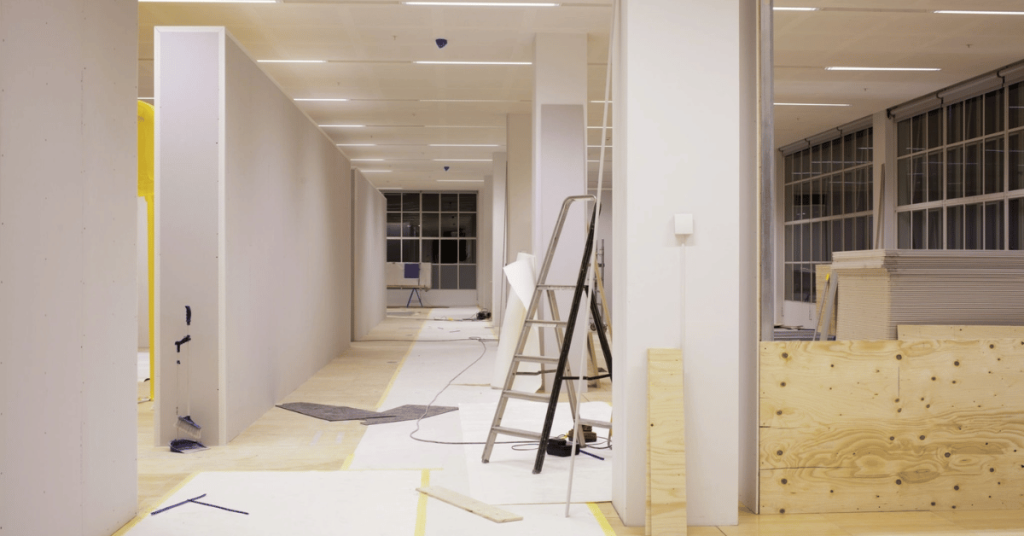How to Choose the Perfect Paint for Your Interior Walls: A Comprehensive Guide
Learn how to choose the perfect paint for interior walls during home renovation. Learn about paint types, sheens, colors & techniques.When it comes to home renovation in Oakville, one of the most impactful and cost-effective ways to transform your space is by updating your interior walls with a fresh coat of paint. Whether you’re tackling a single room or an entire house, choosing the right paint can make all the difference in achieving the look and feel you desire. With so many options available—ranging from different types of paint to sheens, colors, and application techniques—it can feel overwhelming to make the right choice. That’s why we’ve put together this detailed guide to help you navigate the process and create a stunning interior that reflects your personal style.
If you’re planning a home renovation in Oakville, partnering with a trusted contractor like A2Z Construction & Renovations in Oakville can ensure that your painting project is executed flawlessly. But before you pick up a brush, let’s dive into everything you need to know about choosing the perfect paint for your interior walls.
1. Understanding Different Types of Interior Paint
The first step in choosing the right paint is understanding the different types available. Each type has its own unique properties, making it suitable for specific applications and surfaces.
a. Latex Paint
Latex paint is the most popular choice for interior walls due to its ease of use, quick drying time, and low odor. It’s water-based, making it easy to clean up with soap and water. Latex paint is also highly durable, resistant to fading, and less likely to crack or yellow over time. It’s an excellent option for most rooms in your home, including living rooms, bedrooms, and hallways.
b. Oil-Based Paint
Oil-based paint is known for its smooth finish and durability, making it ideal for high-traffic areas like trim, doors, and cabinets. However, it has a strong odor, takes longer to dry, and requires mineral spirits for cleanup. While it’s less commonly used for walls today, it’s still a great choice for surfaces that need a hard, durable finish.
c. Acrylic Paint
Acrylic paint is a type of latex paint with added acrylic resins, making it even more durable and flexible. It’s perfect for areas prone to moisture, such as bathrooms and kitchens, as it resists mold and mildew. Acrylic paint also adheres well to a variety of surfaces, including wood and metal.
d. Enamel Paint
Enamel paint is a tough, glossy finish that’s often used for trim, doors, and furniture. It’s available in both oil-based and water-based formulas. Enamel paint is highly resistant to wear and tear, making it a great choice for surfaces that need to withstand frequent cleaning or handling.
2. Choosing the Right Sheen
The sheen of your paint determines how shiny or reflective the finished surface will be. Different sheens offer varying levels of durability and are suited to different areas of your home.
a. Flat/Matte
Flat or matte finishes have no shine and are excellent for hiding imperfections on walls and ceilings. They provide a smooth, elegant look but are less durable and harder to clean, making them best for low-traffic areas like adult bedrooms and formal living rooms.
b. Eggshell
Eggshell has a slight sheen and is more durable than flat paint. It’s easy to clean and works well in moderate-traffic areas like dining rooms, hallways, and family rooms.
c. Satin
Satin finishes have a soft, velvety sheen and are highly durable. They’re ideal for high-traffic areas like kitchens, bathrooms, and children’s rooms, as they can withstand frequent cleaning.
d. Semi-Gloss
Semi-gloss paints are shiny and highly durable, making them perfect for trim, doors, and cabinets. They’re also a good choice for bathrooms and kitchens due to their moisture resistance.
e. High-Gloss
High-gloss paints are the shiniest and most durable option. They’re often used for accents, furniture, and doors. However, they highlight surface imperfections, so proper surface preparation is essential.
Read more: A Guide to Home Renovation in Burlington
3. Selecting the Perfect Color
Choosing the right color is one of the most exciting yet challenging aspects of painting your interior walls. Here are some tips to help you make the best decision:
a. Consider the Room’s Purpose
Think about how the room will be used. For example, calming colors like soft blues and greens are ideal for bedrooms, while vibrant colors like yellows and oranges can energize a kitchen or home office.
b. Test Samples
Always test paint samples on your walls before committing to a color. Paint can look different under natural and artificial lighting, so observe the samples at different times of the day.
c. Use Color Psychology
Colors can influence mood and behavior. For instance, warm colors like red and orange can stimulate appetite and conversation, making them great for dining rooms. Cool colors like blue and green promote relaxation, making them perfect for bedrooms and bathrooms.
d. Coordinate with Existing Décor
Choose colors that complement your furniture, flooring, and accessories. If you’re unsure, neutral shades like beige, gray, and white are timeless and versatile.
4. The Importance of Primers
Primer is a crucial step in achieving a professional-looking finish. It prepares the surface for paint, ensuring better adhesion, improved durability, and a more even color. Here’s when to use primer:
- New Drywall: Primer seals the porous surface and provides a uniform base for paint.
- Stained or Damaged Walls: Primer covers stains and prevents them from bleeding through the paint.
- Color Changes: When transitioning from a dark to a light color, primer helps achieve full coverage with fewer coats.
- High-Moisture Areas: Use a mold-resistant primer in bathrooms and kitchens to prevent mildew growth.
5. Painting Techniques for a Flawless Finish
The way you apply paint can significantly impact the final result. Here are some techniques to ensure a smooth, professional finish:
a. Cut-In First
Use a brush to “cut in” around edges, corners, and trim before rolling the walls. This ensures clean lines and even coverage in hard-to-reach areas.
b. Use the Right Tools
Invest in high-quality brushes, rollers, and painter’s tape. A good roller cover with the appropriate nap length (short for smooth walls, longer for textured surfaces) will help you achieve an even finish.
c. Work in Sections
Paint one wall at a time, working from top to bottom. This prevents lap marks and ensures consistent coverage.
d. Apply Multiple Coats
Two thin coats of paint are better than one thick coat. Allow each coat to dry completely before applying the next.
e. Maintain a Wet Edge
Always keep a wet edge while painting to avoid visible seams. Work in small sections and blend each stroke into the previous one.
6. Why Professional Help Matters
While painting may seem like a straightforward DIY project, achieving a flawless finish requires skill, experience, and the right tools. If you’re undertaking a home renovation in Oakville, consider hiring professionals like A2Z Construction & Renovations in Oakville. Their expertise ensures that your walls are properly prepared, painted, and finished to the highest standards, saving you time and effort.
Final Thoughts
Choosing the right paint for your interior walls is a critical step in any home renovation in Oakville. By understanding the different types of paint, sheens, and colors, and by using proper techniques, you can create a space that’s both beautiful and functional. Whether you’re refreshing a single room or transforming your entire home, the right paint can breathe new life into your space.
Remember, if you’re looking for a hassle-free experience, partnering with a trusted contractor like A2Z Construction & Renovations in Oakville can ensure that your painting project is completed to perfection.
Locations
Home Renovation Mississaugaa
Home Renovation Oakville
Home Renovation Burlington
Home Renovation Hamilton
[crp]




